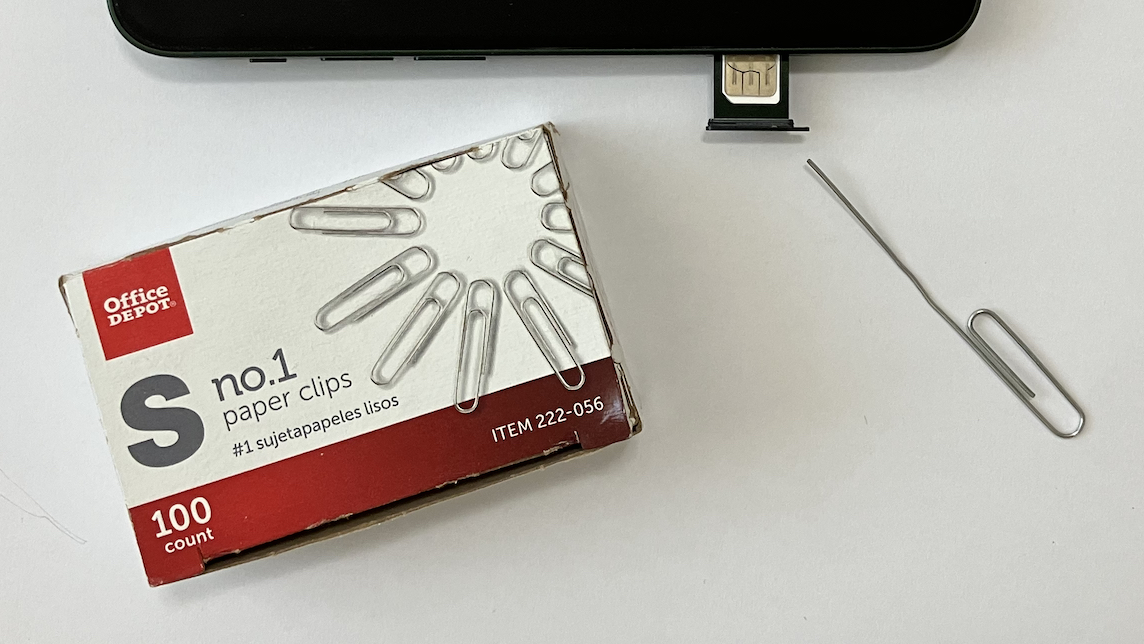My Mom Changed Her Own SIM Card Yesterday

Seniors make great beta testers, and having a choice of telecommunication services saves money
My mom changed her own SIM card yesterday. She's in her 80s, and says she's bad at technology. Nonsense!
Our conversation made me think...
-
Self-deprecating seniors might be the best beta testers.
If we make software, physical devices, or user interfaces in general, we must consider the broadest possible range of people. If a system is unintuitive or hard to learn, we have failed. The most informative feedback we can hope to receive is from people who struggled — and by then they are fed up and have chosen better products, so we rarely hear from them. When a technological product makes the most skeptical user feel successful and confident, the design is sound.
-
Competition is vital (literally).
My mom lives in Canada, where there are only 3 nationwide cellular telephone carriers. Prices are high and innovation is near zero, which is shameful, considering that when I was growing up, Canada made the world's leading digital telephone switches. Before that, the Prairie provinces were pioneers in (non-offshore) call centers. Long before that, Sir Alexander Graham Bell lived in Canada! If there's little telecommunications competition in Canada today, the competitive landscape in the USA is even worse: just 3 major cellular carriers serve 8 times the population.
-
Keep access to the tools of choice and competition!
Use communication services that identify you by something other than your phone number. A single, geographic phone number that can be serviced by only one company at a time stopped making sense decades ago.
Practically all services encrypt the content of your communications, but beware of services that sell the metadata — who contacted whom. Your identity and your contact network are probably worth more money to these companies than what you said.
If your cell phone accepts a physical SIM card, keep it as long as you can.
Embedded SIM (eSIM) support is handy, especially for disposable data plans. (Hint: Throttling beyond 22.5 gigabytes is not "unlimited data", it is a lie. A separate budget for tethering is also nonsense, because a bit is a bit is a bit.) Transferring an eSIM to a new phone is an uncertain process, possible in some cases, not possible in others. Though carriers claim there is no charge, plenty of people report having to visit a store and pay $35 for the digital equivalent of unfolding a paperclip.
Physical SIM cards give you absolute freedom to switch to a new phone, and they give you extra plan choices at home and when traveling. As carriers are permitted to merge, competition vanishes and prices rise, in a field where technological improvements are constantly reducing costs. Mobile virtual network operators are the only hope for fair prices. Just as "Two-Buck Chuck" makes use of surplus grapes and wine, an MVNO resells surplus cellular network capacity at low prices. Many MVNOs at home and abroad don't support eSIM and never will.
Keep the choice in your pocket!
Leave your comment on the LinkedIn version of this article!